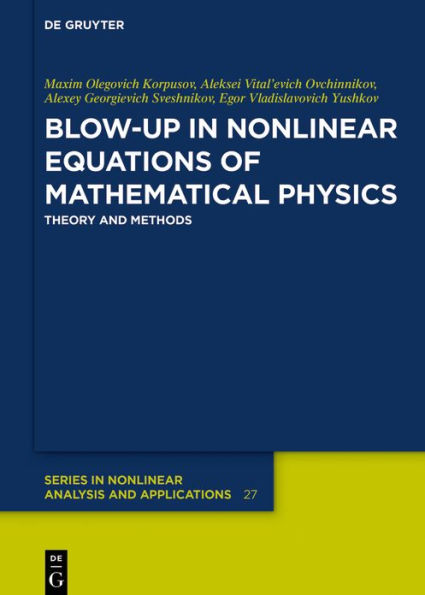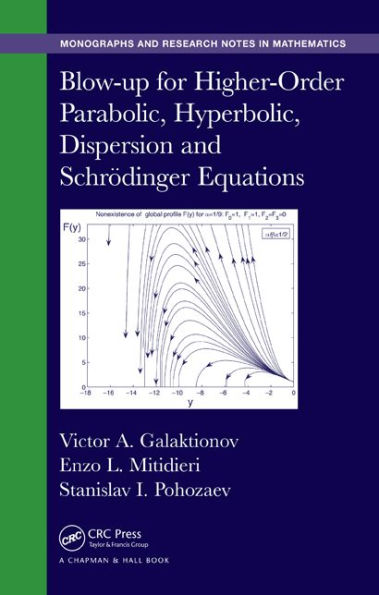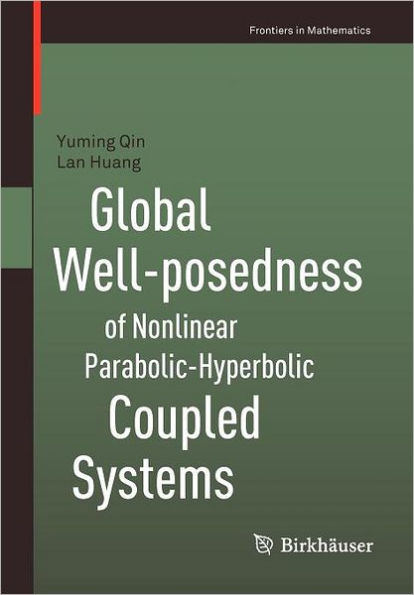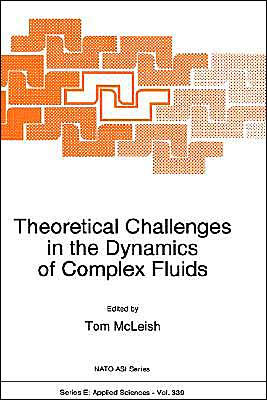Home
Hyperbolic Systems of Conservation Laws: The Theory of Classical and Nonclassical Shock Waves / Edition 1
Loading Inventory...
Barnes and Noble
Hyperbolic Systems of Conservation Laws: The Theory of Classical and Nonclassical Shock Waves / Edition 1
Current price: $54.99


Barnes and Noble
Hyperbolic Systems of Conservation Laws: The Theory of Classical and Nonclassical Shock Waves / Edition 1
Current price: $54.99
Loading Inventory...
Size: OS
*Product Information may vary - to confirm product availability, pricing, and additional information please contact Barnes and Noble
This set of lecture notes was written for a Nachdiplom-Vorlesungen course given at the Forschungsinstitut fUr Mathematik (FIM), ETH Zurich, during the Fall Semester 2000. I would like to thank the faculty of the Mathematics Department, and especially Rolf Jeltsch and Michael Struwe, for giving me such a great opportunity to deliver the lectures in a very stimulating environment. Part of this material was also taught earlier as an advanced graduate course at the Ecole Poly technique (Palaiseau) during the years 1995-99, at the Instituto Superior Tecnico (Lisbon) in the Spring 1998, and at the University of Wisconsin (Madison) in the Fall 1998. This project started in the Summer 1995 when I gave a series of lectures at the Tata Institute of Fundamental Research (Bangalore). One main objective in this course is to provide a self-contained presentation of the well-posedness theory for nonlinear hyperbolic systems of first-order partial differential equations in divergence form, also called hyperbolic systems of con servation laws. Such equations arise in many areas of continuum physics when fundamental balance laws are formulated (for the mass, momentum, total energy . . . of a fluid or solid material) and small-scale mechanisms can be neglected (which are induced by viscosity, capillarity, heat conduction, Hall effect . . . ). Solutions to hyper bolic conservation laws exhibit singularities (shock waves), which appear in finite time even from smooth initial data.


















